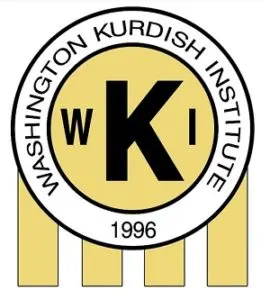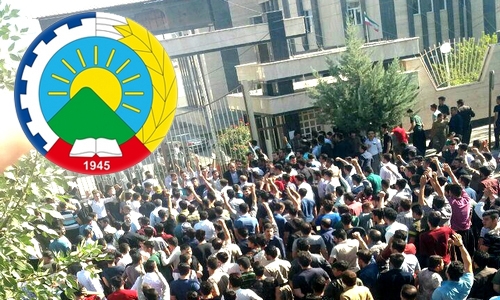Washington Kurdish Institute
September 15, 2017
The right question to ask when planning to deal with Iran is: why are dictatorial and chaotic behaviors found walking hand-in-hand in the socio-political atmosphere of Iran?
From the very beginning of its foundation as a modern state, Iran was known for two intertwined characteristics of its behavior: one inside its borders and another abroad, being an absolutist dictatorship inside and acting as a revolutionary state in international society.
The history of Iran has been happening within a theme of an ethnocentric and totalitarian autocracy in which all other nationalities are supposed to be fused into the Persian culture. Within this fused Persian culture, nostalgia for the Persian Empire, Shi`ism, and xenophobia play the most effective role in mobilizing forces.
Studying the main turning points in Iranian history shows that the same factors that have insulated the political structure of Iran against the demand of pluralism are always the driving forces to produce Iran`s chaotic, anti-stable behaviors.
It is not surprising that all major endeavors to bring change to Iran have, so far, resulted in the dual tendencies to both forcefully and violently assimilate all nations into the Persian culture on the one side and also promote negative sentiments against the historical “others” of the Persian Empire, against Arabs, and against the West on the other side. Whether it be the Shi’ism of the Islamic Republic or the archaic monarchism of the Pahlavi, or even some combination of both, Iranian nationalism has two main pillars: Persian supremacism and Persian expansionism. The state in Iran, therefore, is set to fulfill these two promises of Iranian nationalism. That is why the history of Iran is replete with a recurring pattern in which governments, with different ideological appearances, come to power and begin carrying out the mission of Iranian nationalism, thus eventually taking on the character of all other former governments and regimes.
These tendencies give modern institutions in Iran two lateral functions: first, to direct the society toward uniformity and second, to enable the state to challenge the international and regional order. These socio-political tendencies and functions together constitute the character of the state in Iran, which has been hammered out through decades of nation building orchestrated by Persian ethnocentrism.
Political changes failed to produce democracy because this conception of Iranian nationalism never let the will or demand for pluralism in Iran to thrive. This nationalism incites and directs the course of political upheavals such as the revolution of 1979 as well as the so-called reformist movement to strengthen and/or to save the new Persian empire and its mission in the modern times or globalization era. Modern institutions of the state that are supposed to have the same strength and efficiency in the west become the tools for concentrating power to develop Persian supremacism and Persian expansionism.
Surprisingly, these upheavals have never led to the birth of an Iranian nation with modern citizens possessing guaranteed rights, responsibilities, and a sense of solidarity. Rather this Iranian national character is the main deterrent factor to its goal of forging a unified nation. Kurds, Arabs, Turks, and Baluchis identify themselves mostly with their ethnic brethren across national borders; and, similarly, Persians always tend to introduce themselves to others as Persians and not as Iranians. The movements that start in Tehran are never able to penetrate non-Persian cities and vice versa. For instance, while Kurds in Iran have shown their utmost support for the independence referendum in Iraqi Kurdistan, they never developed a strong association with the Green Movement in Tehran.
In complete opposition with the Iranian nationalism, the nationalisms of the marginalized nationalities like Kurds have always carried strong elements of pluralism and demand for real democracy. Liberty and pluralism became serious elements of a political agenda in political firmament in Iran only when these principles were embedded in the agenda of the Democratic Party of Iranian Kurdistan. Until then, the main forces advocating for change in Iran are those groups in favor of regaining Persian grandeur.
In a nutshell, the character of the state of Iran is responsible for both its behavior as an autocracy and as a revolutionary state. What currently is shaping the socio-political character of the Iranian state is a set of relations of domination that permeate the political relations between different nations inside Iran. This character comprises both the main forces of Iranian nationalism and the interrelations that are present in all changes and upheavals throughout Iranian history — interrelations that have excluded non-Persian nations. History has shown that any endeavors to bring about real change in Iran, if it does not effectively include national minorities, will result in the same oppressive, authoritarian state with the same character and same tendencies that exclude non-Persian nations and other dissenters. Considering the affinity that marginalized nations and ethnicities in Iran have for liberty and democracy, the long-term strategy for the West in the Middle East should be to support and bolster these groups.
Arash Saleh is the Representative of the Democratic Party of Iranian Kurdistan (PDK-I) in Washington.
Disclaimer: The views, opinions, and positions expressed by authors and contributers do not necessary reflect those of the WKI.

